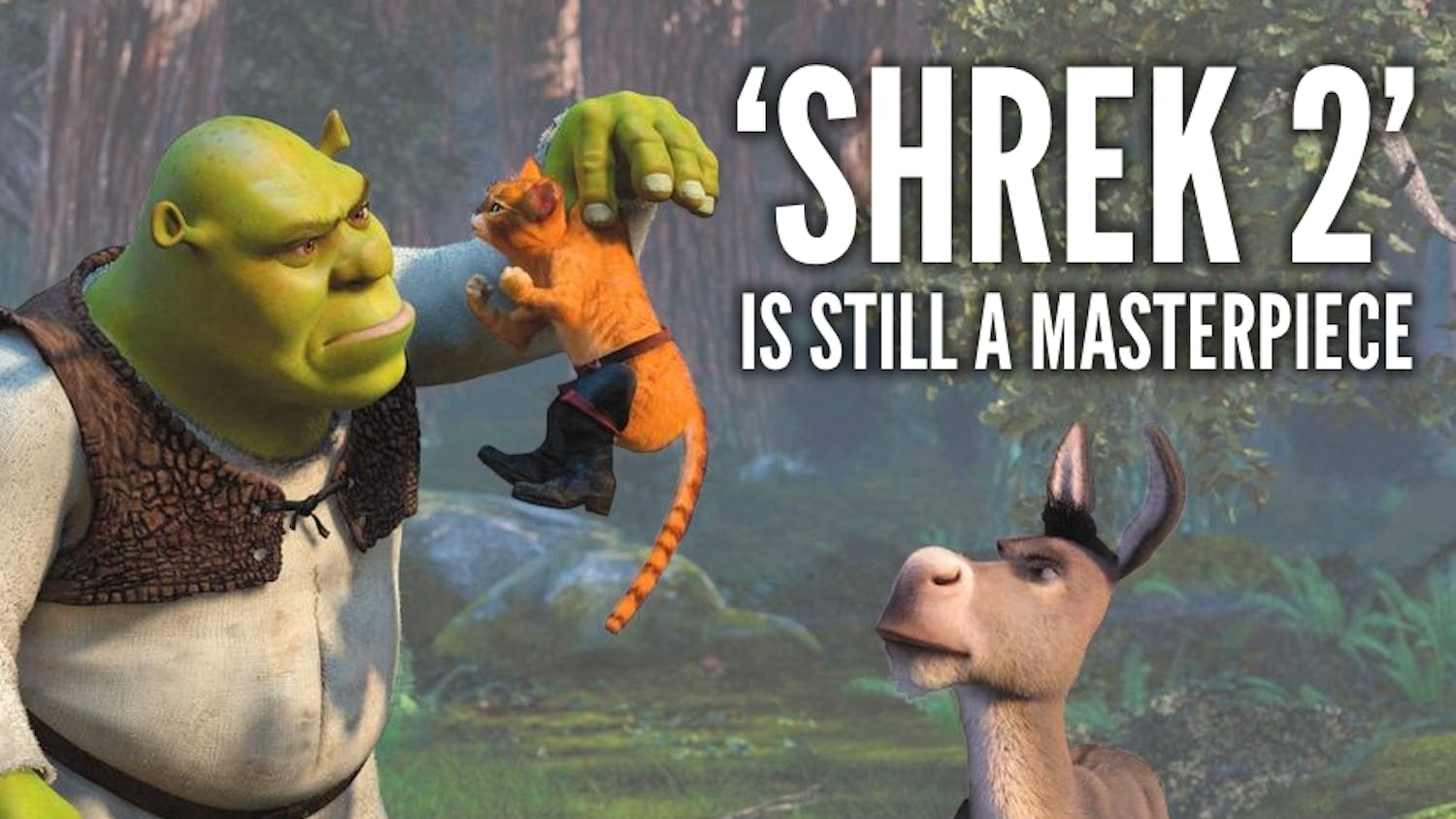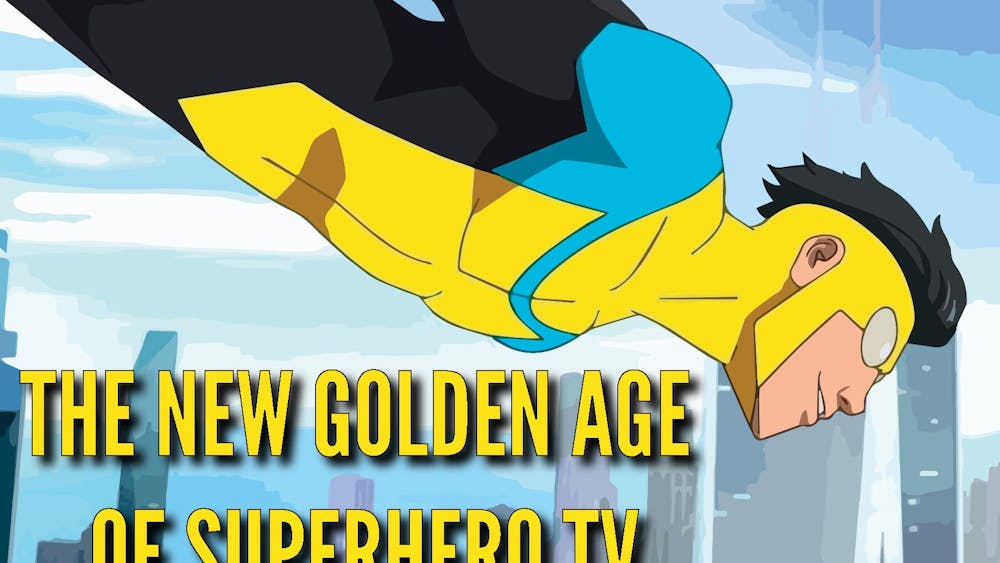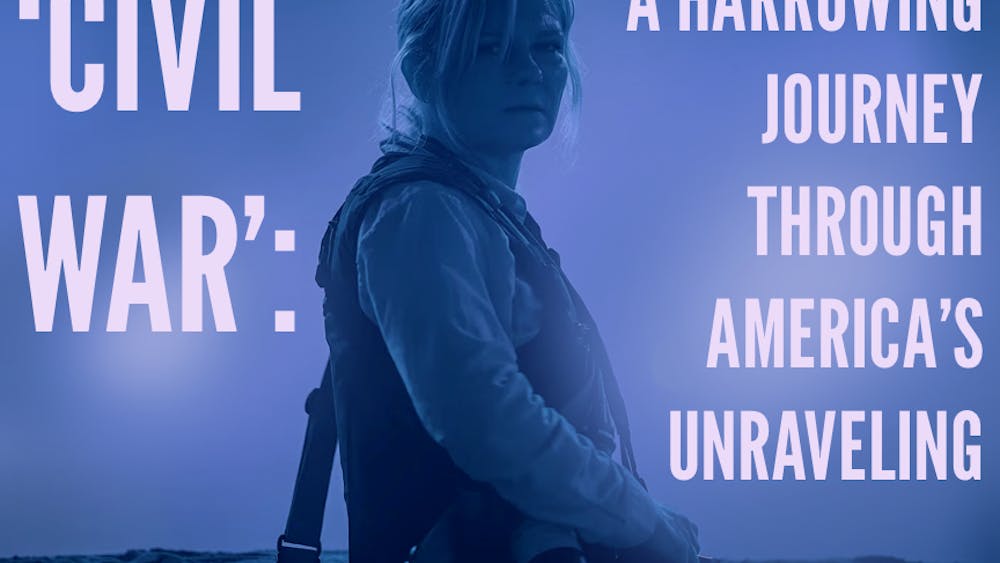
Some side character from some movie I watched at some point in high school once said something along the lines of: “When there are two bands, there’s a scene, and when there’s a scene, there’s something to write about.” The first official issue of Rolling Stone featured stories about the Grateful Dead, Donovan and the Byrds; like all of these musicians, the magazine had an appreciation for Bob Dylan, even taking their name from one of his most famous songs (“Like a Rolling Stone”) in the hope that the song’s characterization of youth culture would be reflected within its own pages. So, what happened? Why is Rolling Stone’s content now mostly consumed on a website that somehow still manages to be over-saturated with ads despite having a two article paywall? The truth is this: The magazine itself may have “grown up,” but the criteria with which they evaluate music has left an aura of judgment and insincerity around their interpretation of new music.
Rolling Stone magazine never set out to write about the big stuff (the “capital M” Music, so to speak). Its editors, I think, just wanted to write about the music and people they loved. But then "the scene" blew up, and so did they. Now, Rolling Stone has been reaching out but failing to connect with young readers for decades. Their refusal to embrace punk music leaves them oblivious when it comes to understanding the many modern trends that have been influenced by the genre.
Sure, the magazine has made strides towards more inclusive writing, hiring female and writers of color to report and reflect on the music they love and care about. Even so, the legacy of the 1970s hangs like a cloud over more recent reviews, as staff members continue both to pine for the return of a new, rejuvenated rock music and to hold artists to decades-old standards.
Comparatively speaking, NPR connects much more readily with young people. The radio station’s Tiny Desk concert series strips artists of their frills, fostering the kind of authenticity for which young people are desperate. Their staffers write solid reviews, taking artists for who they are and holding their work to standards specific to their genres and music scenes.
On the other hand, Rolling Stone is a major reason that music from the 1970s is so renowned. The magazine once represented a counter-culture, making it big and living the dream. It took risks that no other magazine was willing to in the 70s because it was empowered by the youth of its writers and its readers.
Take a look at this pair of case studies which, when taken together, illustrate the way in which Rolling Stone simultaneously succeeds and fails at staying relevant. Within a year two, writers wrote features on Shawn Mendes and Harry Styles, two of the nation’s biggest male stars at the time. Although both headlines referencing rom-coms, the two pieces could not have been more different. Rob Sheffield’s feature on Styles flew off the rack and into the hands of his fans; I only came across Patrick Boyle’s feature on Mendes years later, after someone mentioned its existence during a conversation similar to the one we are having now. And I do not think that this disparity in recognition is because Styles is more popular.
Sheffield is Rolling Stone’s greatest weapon in gaining young readers. His love of mixtapes comes off as quirky and fun instead of pretentious because his joy of music is genuine. His novels, which include one titled “Love is a Mixtape,” are compelling and youthful. They are doubtlessly featured on many 19 to 20-year-olds’ bookshelves (including mine, my roommate’s and my sister’s). Sheffield’s reviews and commentary always contain undercurrents of joy, optimism and love of music. He consistently looks toward music’s future (instead of its past), embracing change — and pop artists — instead of condemning either.
Boyle’s feature seems to lack this optimism. Mendes, his subject, is insanely vulnerable during his interview, and Boyle responds by criticizing him for it, depicting his youthfulness as a fatal flaw. By doing this, he indirectly criticized an entire generation of people who not only identify with him and his music, but share his age (and, perhaps, his naivety). Styles and his music fit the 1970s scene better — and, sure, his music is just better than Mendes’ — but at the time of the features, they were comparable. Styles had only just broken out of One Direction. The writers’ depictions of drug use display the double standard. While Styles invokes 1970s artists by using shrooms for inspiration, Mendes is criticized for smoking weed to help with his anxiety. Yes, different writers hold artists to different standards; this disparity, though, smacks of a pointed effort to rip into Mendes for something characteristic of being young in these times.
Writers and musicians exist in a symbiotic relationship. They are meant to be co-dependent. As social media use increases, artists may seem to need journalists less, but pieces about arriving scenes are essential to understanding motives and perspectives. Styles is deserving of every compliment and accolade he’s received, but I believe that Sheffield’s willingness to bring genuine friendshipand curiosity to writing his feature is why he was taken seriously so quickly and seen as a legitimate and substantial artist. More artists should be given that kindness.
Rolling Stone can connect to younger readers simply by embracing more pieces like Sheffield’s offerings (which are exemplary), but if the editorial board wants to continue serving members of an aging scene, they may have to be wiling to let the magazine die with the people it was meant to serve, and start embracing new publications that can take its place. Penske Media Co. could expand Rolling Stone to include tangential publications. The failure of Rolling Stone to reach young people has to lead to the creation of hundreds of “zines” serving their individual scenes. Music today has a less harsh anti-consumeristic message than punk did, and Rolling Stone could reach out and work with some of these “zines,” lending its expertise, connections and experiences to a new generation of writers looking to write about the music and the people they love. Readers can do the same thing by simply supporting their local “zines” and music scenes. (When it is safe go to a house show.)













